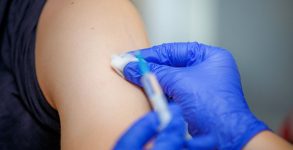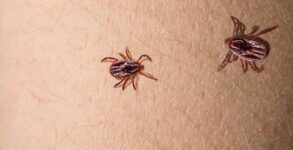85 per cent of American households have smartphones, according to the 2018 U.S. Census. According to reports, they receive 14 million daily views, making them possible reservoirs for environmental dangers like allergies. A recent study demonstrated higher amounts of cat and dog allergens, as well as B-D glucans (BDG) and endotoxin, on simulated phone models at this year’s American College of Allergy, Asthma and Immunology (ACAAI) Annual Scientific Meeting in Louisville, KY.
“Smartphones showed elevated and variable levels of BDG and endotoxin, and cat and dog allergens were found on smartphones of pet owners,” says Hana Ruran, lead author of the study. “BDG is found in fungal cell walls and has been found in many environments and surfaces causing chronic airway and irritant symptoms — making BDGs a consistent marker to study problematic mold. Endotoxin is a potent inflammatory agent and a marker of exposure to Gram-negative bacteria.” In order to conduct the test, the front surface of a phone model that was made by the researchers and had dimensions and a surface identical to a genuine phone were cleaned. 15 subjects’ simulated phones were sampled with electrostatic wipes (ESW), and the “phones” were then tested for allergens, BDG, and endotoxin levels.
Chlorhexidine, cetylpyridinium chloride, tannic acid, and benzyl benzoate are the chemicals used in the cleaning mixtures; however, they are not commercially available in the same concentrations as those used in the study. Wipes made of isopropyl alcohol were also put to the test for cleanliness. “Combination chlorhexidine was the most effective in reducing BDG and endotoxin and combination benzyl benzoate/tannic acid most effectively reduced cat and dog allergens on smartphones,” says Peter Thorne, PhD, professor in the University of Iowa Department of Public Health and co-author of the study. “The study demonstrates exposure to inhalant allergens and molecules that trigger innate immune reactions from a source most people haven’t considered. If you have allergies or asthma, you may want to think about cleaning your smartphone more often to minimize exposure to these allergens and asthma triggers.”


















